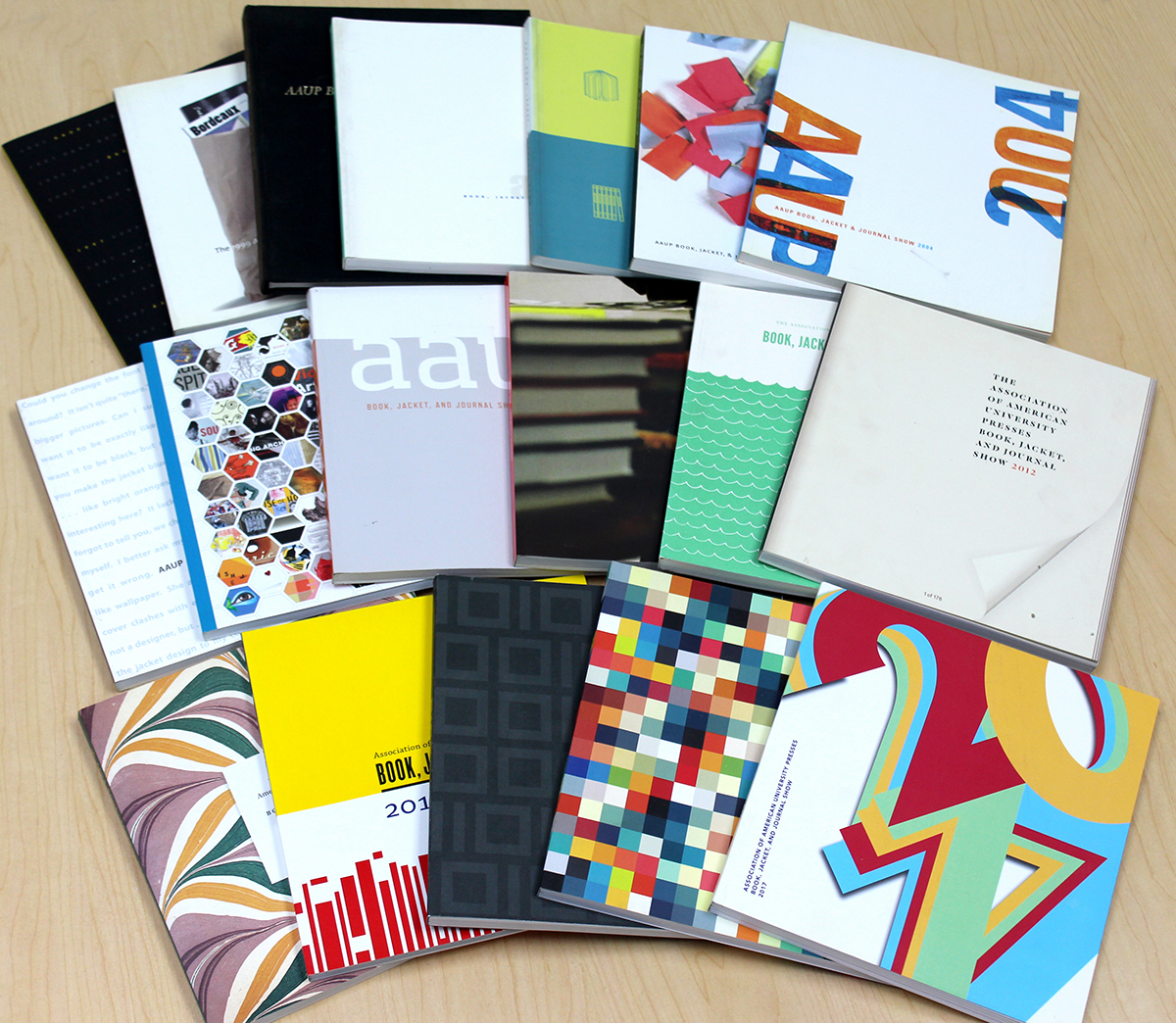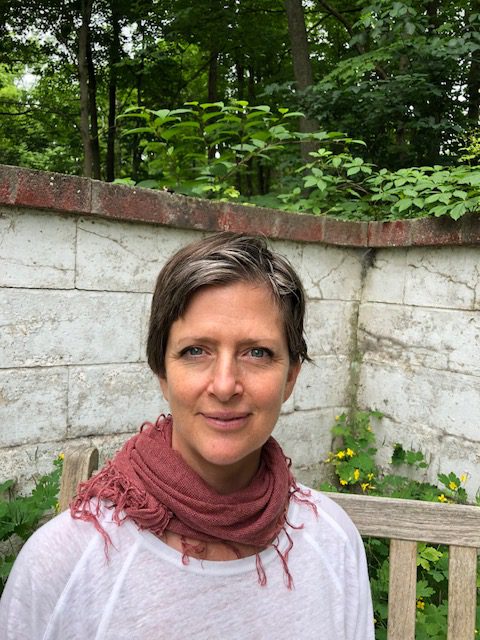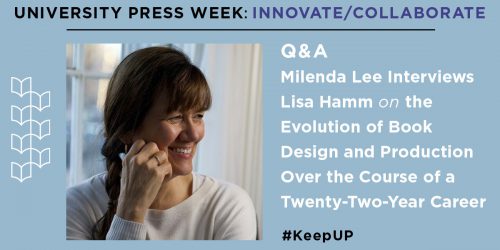Behind the Scenes of the Association of University Presses Annual Meeting

IT’S TWO DAYS into the Association of University Presses annual meeting. You’ve been attending sessions and asking your colleagues to fill you in on the panels you couldn’t make it to. At this point. you may be wondering: How are session topics chosen? How are panelist chosen? How does this whole thing come together? Well, wonder no longer. As a member of this year’s program committee, our own Bridget Flannery-McCoy is here to give you a behind-the-scenes look at what it takes to put this meeting together.
• • • • • •
Post-meeting comments matter
The first thing we did when starting to brainstorm panel topics was to go through the feedback that had come in on last year’s meeting—what people loved and wanted to see more of, what could be tweaked, what topics people wanted to see panels on, what keynote speakers we might reach out to. We relied on these heavily in creating the program, so responding to the post-meeting survey can be an easy and effective way to get your voice heard. And don’t be afraid to volunteer yourself as a moderator on a panel you’d like to see. Speaking of volunteering…
You, too, can help plan the program
Being on the program committee—or any AUP committee—is a great way to meet colleagues from other presses and to share strategies and ideas to improve your publishers. It also opens your eyes to how varied the AUP world is, in terms of the geographic scope (the “American” was dropped out of the name for a reason!), press size, and book type. The AUP sends out an email every year on the AUPlistserv with a link to volunteer for a range of committees (the first step, of course, is signing up for the AUP listserv in the “For Members” section of the website).
The key is balance…
After we’d brainstormed about twice as many panels as we needed, we got to the difficult task of narrowing them down. Our focus here was striking a balance. Not only do you have variety among the presses that attend, but people coming from every department, so we wanted to make sure that we had panels specific enough to be useful to particular areas of academic publishing and broad enough to appeal to many attendees. Ideally, we want every attendee to have a panel that’s relevant to them in every time slot. You can tell us in the post-meeting feedback whether we succeeded
…but we still need to focus more on diversity of panelists
Diversity has been a necessary focus of the last few meetings, and is something to devote even more attention to in organizing future meetings. Every person in the AUP community has individual experiences that we can all learn from–from traditional and non-traditional career tracks to type and size of the industry knowledge, cultural background, and more.
With presses limited in the number of people they can send to the meeting, many will give first priority to those asked to serve as a panelist. (Hint! Start by volunteering to be on a committee). That means making panels more diverse will not only make the meeting more diverse but will ensure that a wide range of AUP members have access to the meeting’s networking opportunities—which are crucial to career advancement.








